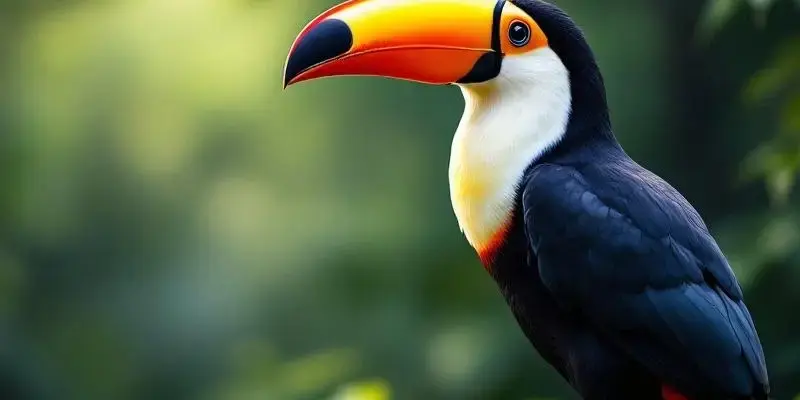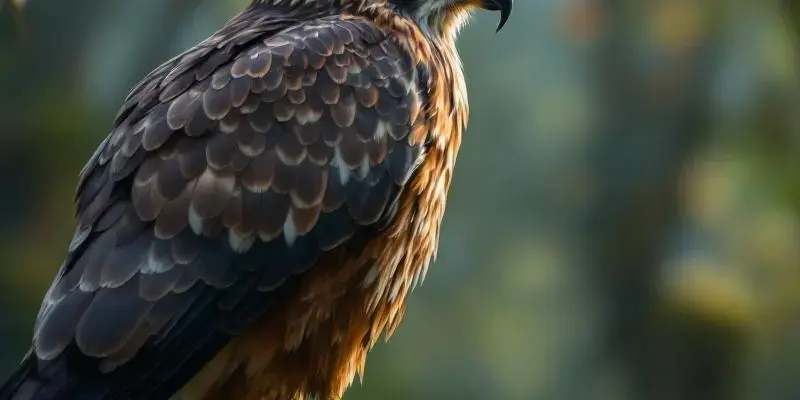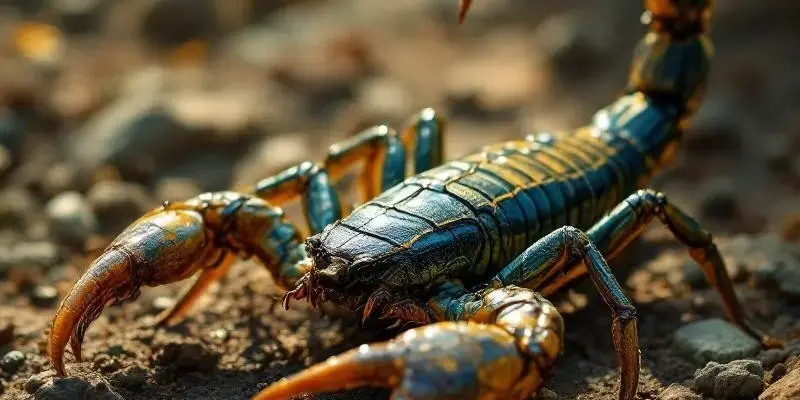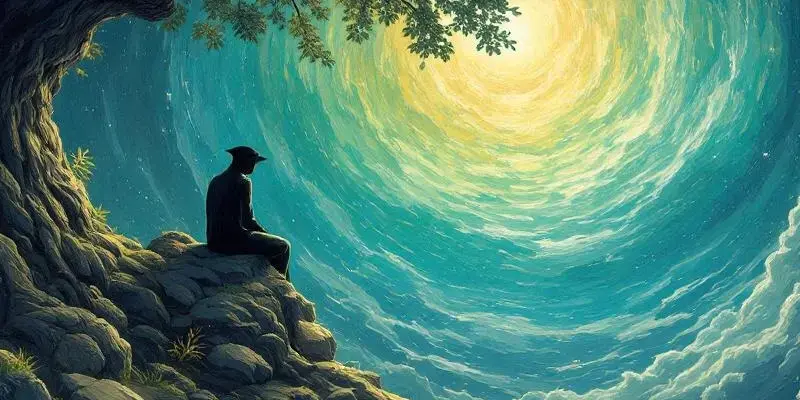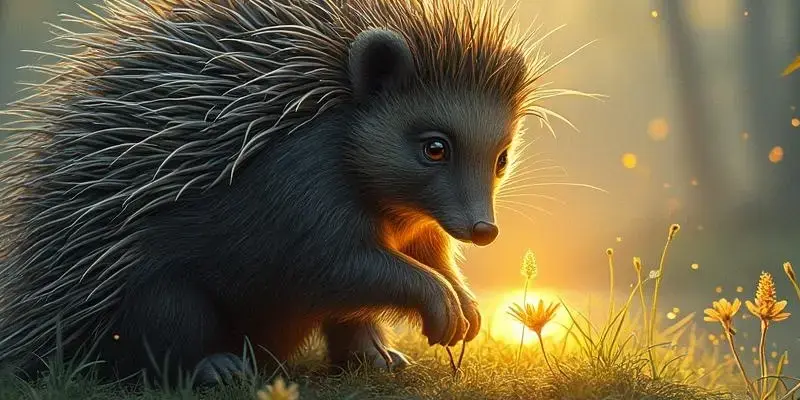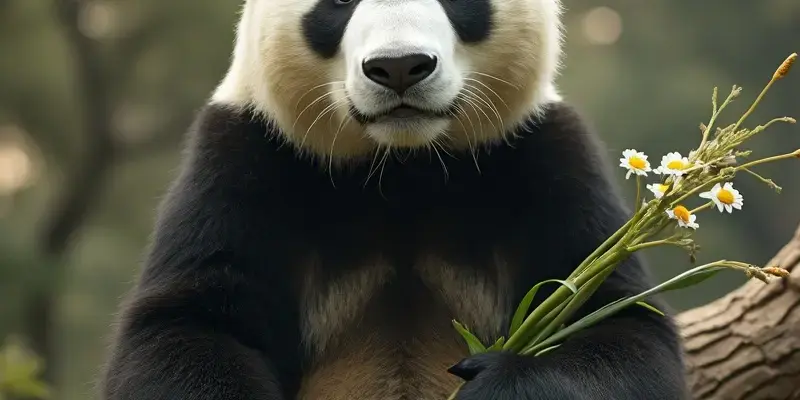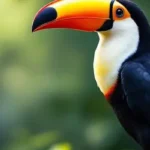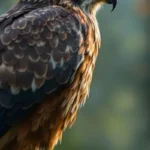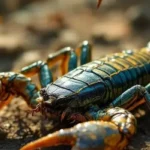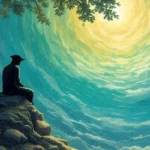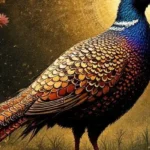Dingo spiritual meaning
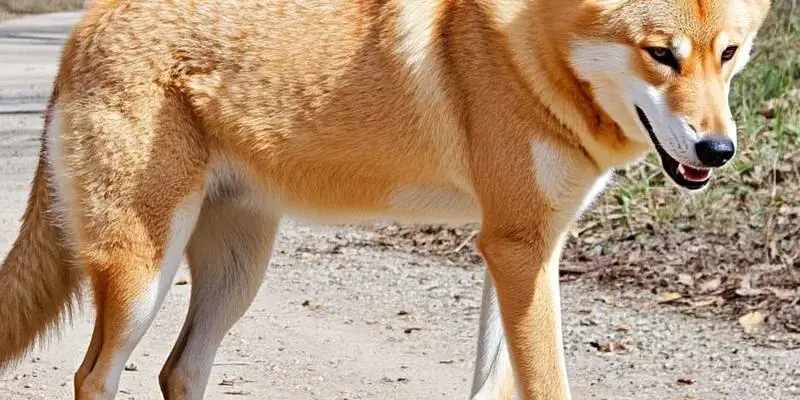
The dingo holds profound spiritual significance in Australia’s Indigenous cultures, serving as a sacred bridge between human and spirit realms while embodying powerful cosmic forces. These wild canids arrived thousands of years ago and became deeply integrated into Aboriginal cosmology, featuring prominently in Dreamtime stories where they emerge as rainbows and create vital waterways that map the ancient songlines of the continent.
Key Takeaways
- Dingoes are revered spiritual beings across more than 250 Indigenous Australian nations
- They serve as supernatural protectors with the ability to detect evil spirits and guard communities
- Dingo burial practices alongside humans reflect their elevated spiritual status as kin rather than animals
- They embody the perfect balance between wildness and companionship in Aboriginal spirituality
- Dingoes represent transformation and resilience, teaching humans to adapt to changing circumstances
The Sacred Guardians: Dingo’s Place in Indigenous Australian Spirituality
Across more than 250 Indigenous nations of Australia, dingoes hold sacred significance in spiritual traditions. Known by various names including Binure and Warrigal, these wild canids aren’t viewed as mere animals but as spiritual entities of profound importance.
Dingoes feature centrally in Dreamtime creation stories, where they often emerge as rainbows and dig waterholes that help map the sacred songlines across the continent. These creation tales position dingoes as creator beings with powers that transcend ordinary existence.
Archaeological evidence supports their spiritual importance through unique burial practices. The discovery of dingo companions buried alongside humans in ancestral middens confirms their status as spiritual equals rather than pets. This practice is similar to how wolf spiritual connections manifested in other indigenous cultures through ceremonial practices.
Dingoes arrived in Australia between 8,300 and 18,000 years ago, quickly becoming integrated into Aboriginal cosmology. Their role as spiritual protectors includes an innate ability to detect evil spirits and guard communities against supernatural threats.
Beyond Companions: Dingo’s Practical and Mystical Roles
Dingoes served dual roles in Aboriginal communities, functioning as both practical companions and mystical guides. Women and children often relied on dingoes as “living blankets,” providing warmth and protection during cold desert nights. This practical relationship extended beyond basic comfort to include survival advantages.
One of the most remarkable abilities attributed to dingoes was their supernatural water-divining skill. Many landmarks across Australia bear names like “Dingo Soak,” marking places where these animals revealed hidden water sources. This ability functions as both a practical survival skill and a powerful metaphor for spiritual intuition.
Despite their close relationship with humans, dingoes maintained their wild nature. Weighing between 13-18 kg, they assisted in hunting practices while never fully surrendering their independence. This places them in a unique position as a cultural keystone species that embodies duality – neither fully wild nor domesticated.
This blend of practical utility and spiritual significance makes dingoes fundamentally different from domesticated dogs. Their independent nature combined with their willingness to partner with humans reflects a sacred balance that Aboriginal peoples particularly respected.
Symbolic Messengers: What the Dingo Spirit Represents
The dingo spirit embodies wildness and resilience, teaching humans to adapt to harsh environments and overcome challenges. Their ability to thrive in Australia’s demanding landscapes symbolizes inner strength and the power of instinctual wisdom.
Family wisdom represents another core aspect of dingo symbolism. Through their complex pack dynamics, dingoes model tribal cohesion despite occasional conflicts. This parallels how coyote spiritual meaning often centers around family bonds and social intelligence in Native American traditions.
As divine communicators, dingoes act as “upperworld” messengers that bridge human and spirit realms. Their heightened senses and awareness make them natural intermediaries between physical and spiritual dimensions, capable of detecting subtle energies invisible to humans.
The transformation symbolism of dingoes encourages shedding societal constraints and embracing one’s authentic self. By observing how dingoes maintain their wild nature despite human contact, people learn to honor their true essence while still functioning within community structures.
The dingo’s adaptability contrasts sharply with domesticated dog symbolism. While dogs represent loyalty and submission, dingoes embody independent partnership – a relationship based on mutual respect rather than dominance.
Modern Spiritual Applications of Dingo Energy
In contemporary spiritual practice, encounters with dingoes or dingo imagery are interpreted as powerful signals. Such signs might encourage embracing change, reconnecting with ancestral wisdom, or confronting mistreatment with dignified resistance.
Dingoes appear as recurring motifs in ancient cave paintings, rock carvings, and contemporary Indigenous art. These artistic expressions preserve spiritual narratives and demonstrate the continued relevance of dingo energy in modern Australian culture.
The totemic attributes of dingoes encourage specific life skills that remain valuable today:
- Careful observation before making decisions
- Calculated risk-taking when necessary
- Acceptance of life’s impermanence
- Finding balance between independence and community
Relationship lessons emerge through dingo mating patterns, often described as “monogamy despite disloyalty.” This complex dynamic mirrors human relationships and teaches pragmatic partnership that accommodates both independence and connection.
The persecution of dingoes throughout Australia’s colonial history offers spiritual lessons in resilience. Like the jackal’s spiritual meaning in African traditions, dingoes represent surviving despite being misunderstood and targeted.
Preserving the Spiritual Heritage
The endangered status of pure dingoes creates spiritual urgency around protecting their legacy. With hybridization threatening their genetic distinctiveness, many Aboriginal elders view dingo conservation as sacred responsibility essential to maintaining cultural connections.
Despite European colonization and attempted eradication through poisoning campaigns and the infamous “dingo fence,” these animals maintain their cultural significance. Their persistence symbolizes the resilience of Indigenous knowledge systems in the face of oppression.
Dingoes represent Australia’s wild spirit and offer universal lessons about adaptation and survival. Their ability to persist despite challenges provides inspiration and guidance for navigating life’s obstacles with dignity and resourcefulness.
Contemporary spiritual seekers increasingly recognize dingo energy as a valuable guide for modern challenges. By connecting with the dingo’s essence, individuals can tap into ancient wisdom that promotes both self-reliance and community connection – a balance particularly needed in today’s disconnected world.
The dingo’s emergence in Dreaming as rainbows, digging waterholes that map songlines across the continent, testifies to their creator status in one of Earth’s oldest continuous cultures. This profound spiritual heritage offers valuable lessons about living in harmony with both wilderness and community that transcend cultural boundaries.
The article explores dingoes’ sacred role in Indigenous Australian spirituality, highlighting their position as spiritual bridges between human and spirit realms. These wild canids arrived thousands of years ago and became integrated into Aboriginal cosmology, featuring prominently in Dreamtime creation stories. Dingoes serve as supernatural protectors with abilities to detect evil spirits and guard communities. They’re revered across more than 250 Indigenous nations, with archaeological evidence showing they were buried alongside humans, confirming their spiritual status as kin rather than pets. They embody a perfect balance between wildness and companionship, representing transformation and resilience in Aboriginal spirituality.
| Key Aspects | Significance |
|---|---|
| Spiritual Status | Sacred beings bridging human and spirit realms |
| Cosmological Role | Featured in Dreamtime stories as rainbow beings creating waterways |
| Practical Function | Companions providing warmth and assistance in hunting |
| Symbolic Meaning | Represent resilience, adaptation, and perfect balance between wildness and partnership |
| Modern Relevance | Endangered status creates urgency around preserving their spiritual legacy |

